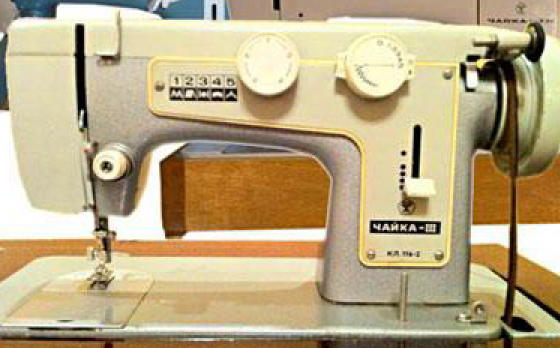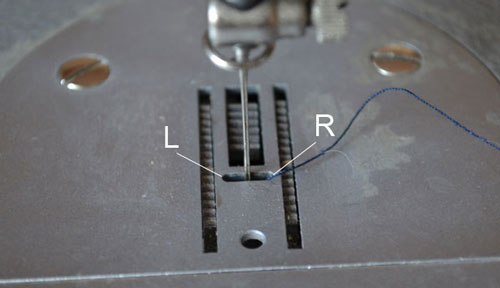Also, my posts should be taken as conversation-starters; there is no expectation of 'staying on topic,' and some of the best threads have gone in entirely unexpected directions. Unless it happens during the night, say between 10 PM and 8 AM Eastern Time (US), in which case you'll have to wait. You have my apologies in advance. I have strong opinions and sometimes express myself more sharply than an ideal interlocutor might, but I try to avoid personal attacks, and I hope you will do the same. Slovarj zaimstvovannih slov russkogo yazika onlajn. And occasionally the software will decide a comment is spam and it won't even go into moderation; if a comment disappears on you, send me an e-mail and I'll try to rescue it.
Cave of Machpela. Jewish Community of Hevron. Taysir Abu Sneina, a terrorist who was involved in the murder of six Jews in Hevron on May 2, 1980, is the man whom the Palestinian Authority has appointed to manage the Muslim side of the Cave of Machpela (known in English as the Cave of the Patriarchs).
It is said that when chaos and confusion reign supreme, the in the world to reestablish righteousness or Dharma. Adi Sankara was born at a time when India was under the sway of superstition and religious fights. Sankara was born in a poor Malayali Brahmin family in 788 AD, in a village named Kaladi in the present Ernakulam District of Kerala. His father was Sivaguru who was proficient in the Shastras and his mother was Aryamba. They had no children for a long time after their marriage. Sivaguru and Aryamba prayed to Lord Siva to bless them with a son and their prayers were answered by the birth of a boy at the time of Vasantha Ritu (spring season) in the auspicious Abhijit Muhurta.
Sankara’s father passed away when he was barely seven years old. His mother took care to educate him in the proper way that was expected of a young Brahmin.
Sankara, who possessed extraordinary intelligence, was determined to be a Sanyasi at a very young age. This grieved his mother but events accelerated his decision. One day, Sankara and his mother went to bathe in the river. While Sankara was bathing, a crocodile caught hold of his foot and started dragging him down into the water.
He then called out aloud to his mother and asked for her consent to become a Sanyasi. She immediately agreed and the crocodile let go of his foot.

Sankara was then just eight years old. Sankara was now ready to undertake his life’s mission. His left his mother under the care of his relatives promising her that he would look after her at her deathbed and perform her death rites. He now embarked on his search for a Guru. In a hermitage, near Badrinath in the Himalayas, Sankara met Govindapada Acharya, his future Guru. When Govinda asked him who he was, Sankara answered that he was neither fire nor air, nor earth, nor water, but the Immortal Atma behind all names and forms.
Later, he narrated his whereabouts. Swami Govindapada, pleased with the young aspirant, initiated him and made him a Sanyasi. Sankara learned the philosophy of Advaita, which he later propagated. He then went to Kashi (Varanasi) where he wrote the commentaries on Bhagavad Gita, Brahma Sutras and the Upanishads. During his stay in Kashi, Sankara is said to have encountered a chandala (outcast).
While he was walking with his disciples through a narrow alley, he unexpectedly stood face to face with the chandala. During those days a chandala had to move aside and give way to a Brahmin, lest the latter be polluted by his proximity. Sankara asked the chandala to move aside. To his surprise, the outcast rebuked him and asked him, “Oh, great Brahmin, who are you asking to move? This body, like yours, built up of food, cannot move by itself. And if you are asking, which I am made up of, that too cannot move aside. Now, who are you asking to clear the way and for whom?
“ At once, Sankara realized his mistake and prostrated before the chandala who is said to have been Lord Siva in disguise. Sankara, after his triumphant tour of India, finally was led to the Seat of Omniscience (Sarvajna Peetha). He put forth his arguments to authorities of knowledge and through his discussions and refutations easily defeated them. In the course of his tour, Sankara went to Mahishmati, where he had to encounter Mandana Mishra, the chief Pundit of the court of Mahishmati. He was a person who intensely hated Sanyasis. Sankara challenged Mandana to an argument in which Bharathi, Mandana’s scholarly wife was the umpire.
It was agreed beforehand that Sankara, if defeated would become as l householder and marry, and if Mandana was defeated, he would become a Sanyasi. The continued for days and finally Sankara emerged victorious. Bharati, Mandana’s wife, is said to have been the incarnation of Goddess Saraswathi, the Goddess of knowledge. Mandana Mishra, as agreed, was initiated by Sankara into Sanyasa and he was named Sureswara Acharya. Sankara won over all the various sects and firmly established his Advaita philosophy. When Sankara received news that his mother was ailing, he immediately set out to visit her at Kaladi, as promised.
